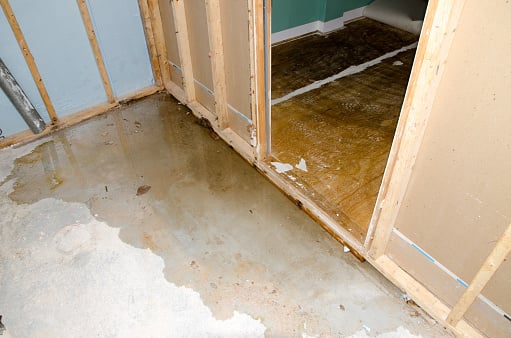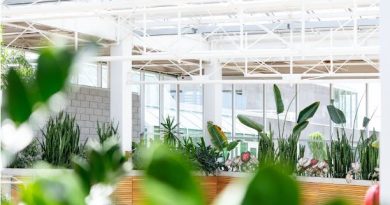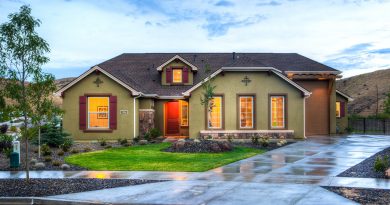DAMP PROOFING VS. WATER PROOFING: WHAT ARE THE DIFFERENCES?
As a property owner, there are certain construction measures you need to put in place to ensure the integrity of your house/building. Damp-proofing and waterproofing are some of those measures needed to maintain the longevity of your property. Although they both have the objective of protecting surfaces from moisture damage, a lot of property owners find it difficult to understand the differences between the two. Keep reading to find out some of the key differences between damp proofing and waterproofing.
What is damp proofing?
This is a method of controlling moisture that is usually carried out during the construction of buildings. Typically applied to certain areas like the walls, floors, and ceilings, damp proofing prevents moisture from entering the internal area of a building. Some of the commonly used materials for damp proofing include; plastic sheets, lead sheets, copper, butyl rubber, and asphalt.
Impassive brick, stone, cement, and slate can also be used in some cases. During construction, a general method used involves either a Damp Proof Course (DPC) or a Damp Proof Membrane (DPM). A DPC is applied to wall surfaces (usually laid under masonry walls) to serve as a barrier for either the vertical or horizontal movement of moisture. A DPM, on the other hand, serves as a membrane/sheet laid underneath concrete floors or slabs. It can be used together with a DPC for damp proofing.
What is Water Proofing?
This is a process of making a building’s surfaces resistant to any form of water. Waterproofing is typically done in wet environments, and the layers of coating applied to the surface, in this case, are usually very heavy. Some of the materials used to create the coating (membrane) include; tar, a mixture of asphalt and tar, felt paper, and in certain cases, bitumen, PVC, Hypalon, and ethylene-propylene rubber. Waterproofing is usually carried out in areas of a building like rooftops, balconies, decks, and areas where damp proofing is not effective. Experts like London damp specialists can undertake the water proofing work to a high standard.
Differences between damp proofing and waterproofing
Coating – the layers of coating applied when damp proofing is usually lightweight in comparison to waterproofing. Damp proofing is great for protecting surfaces from ground moisture, while the heavyweight coating of waterproofing makes it ideal for protecting surfaces against the various states of water.
Water pressure – this is a key difference between damp proofing and waterproofing. Because the coating material used in damp proofing forms a membrane that can only control ground moisture, it doesn’t do a good job of preventing the penetration of standing water, especially when hydrostatic pressure is present. Simply put, damp proofing can only keep out small amounts of moisture, whereas waterproofing completely seals the surface.
Materials – the coating (membrane) used in damp-proofing is usually made of an unmodified asphalt base, while in waterproofing, the coating is made of an asphalt-saturated felt mixed with an asphalt pitch or tar.
Temperature – damp proofing doesn’t fair well under temperatures that are too low, whereas waterproofing can be very flexible even at very low temperatures
Thickness – after curing/hardening, damp proofing has a thickness of less than 10millimetres while waterproofing has up to 40millimetres.
Conclusion:
As a property owner, damp proofing and waterproofing are some of the vital methods of moisture control you should consider putting in place. It is, however, very important that you understand their key differences in order to decide which best suits your property. For example, waterproofing is the ideal choice if your building is located in wet environments where you might have to deal with standing water and hydrostatic pressure. Other differences to take into consideration include; the level of coating, materials used, thickness, and temperature.




